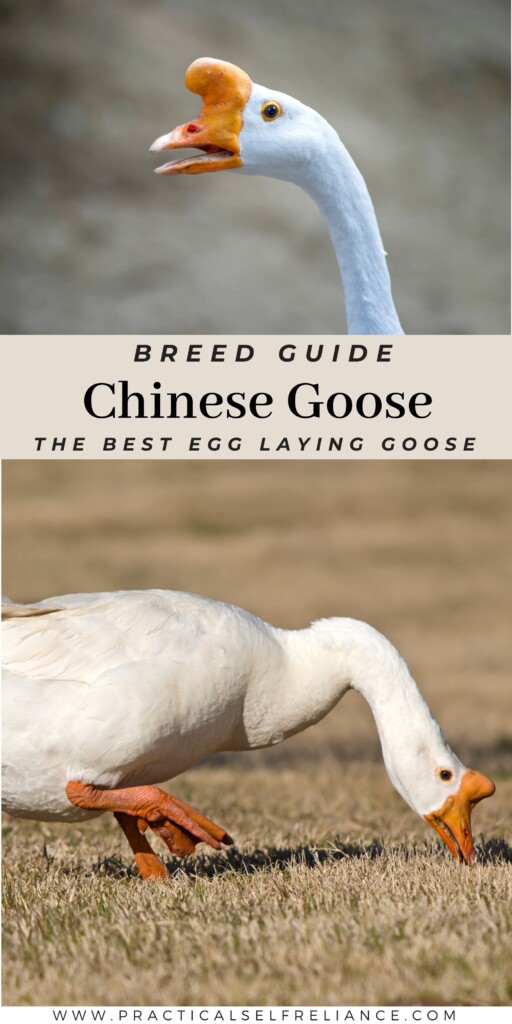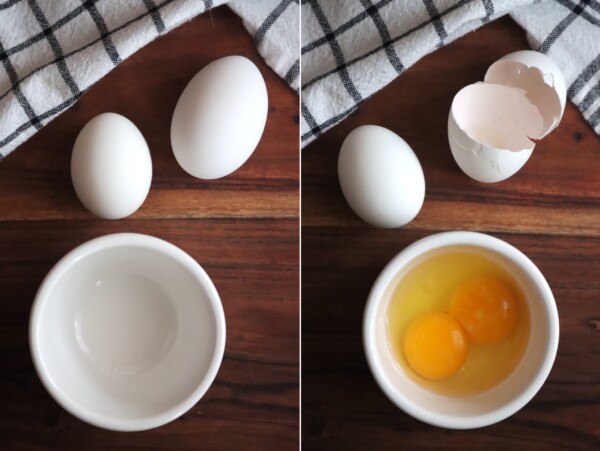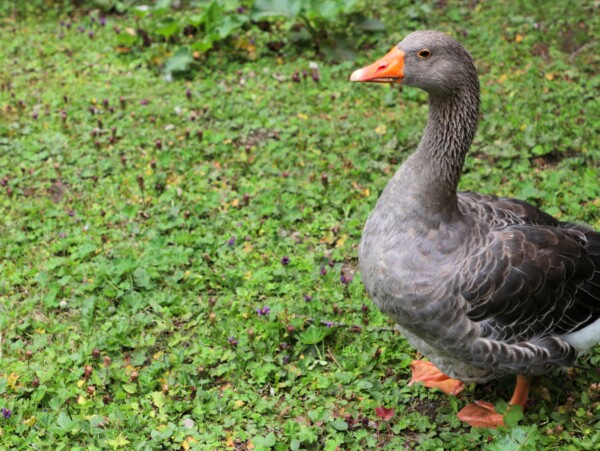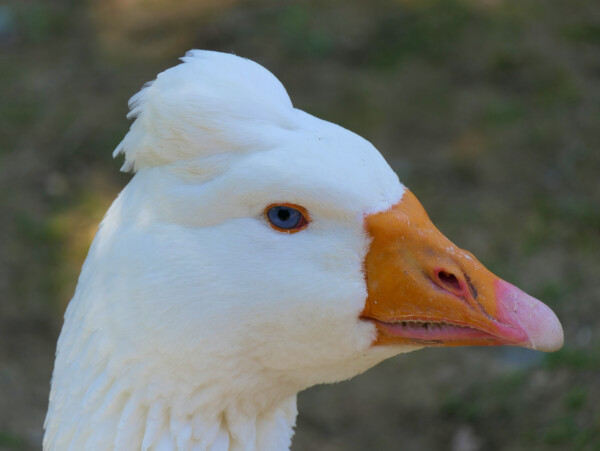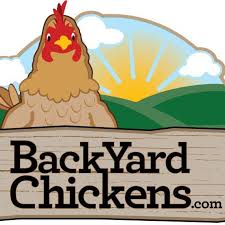Affiliate disclosure: This post may contain affiliate links. Please see our Privacy Policy.
Chinese geese are the best egg laying geese, but they’re also elegant birds known for their upright posture, long necks, and famously loud voices. They’re fantastic foragers, prolific egg layers (by goose standards), and make excellent natural alarms.
While not the breed for those seeking peace and quiet, they are incredibly useful on a busy homestead and full of personality.
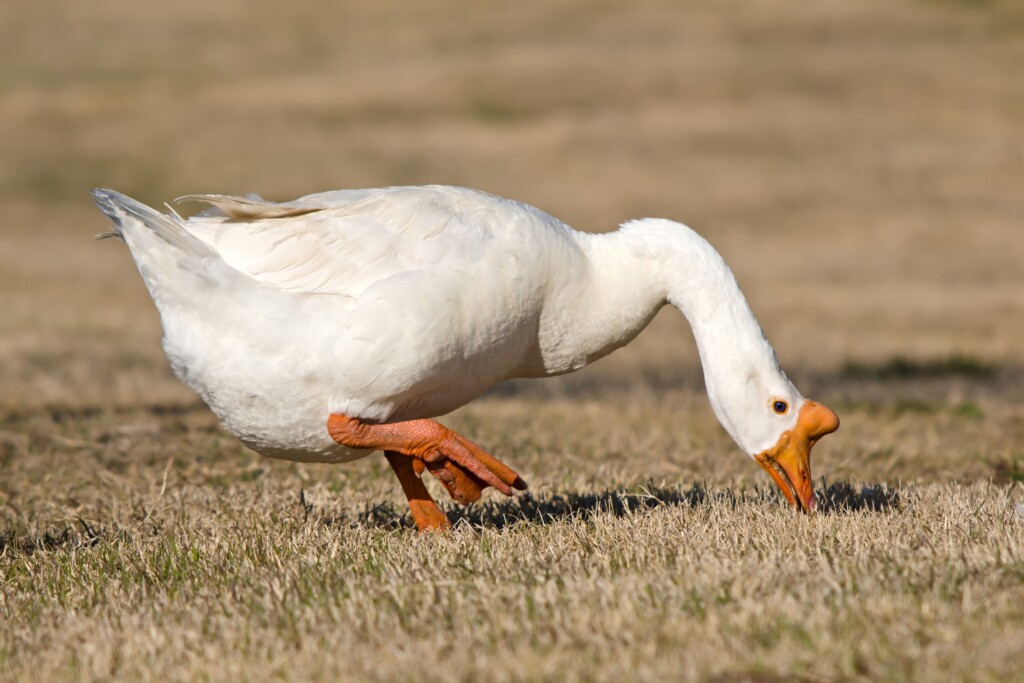
We didn’t exactly plan on getting Chinese geese. We ordered a few “mystery geese” from an online breeder, along with our regular chick order. They’re much less expensive than when you choose the breed of goose, and the site said “Whatever is left over at the end of the day is used for the mixed gosling orders.”
We knew they’d be a purebred goose, but the actual breed was a surprise when they arrived. (We like to keep things interesting around here.)
It didn’t take long to figure out which ones were Chinese geese. They were upright, chatty, and always the first to spot trouble (or to honk just for fun).
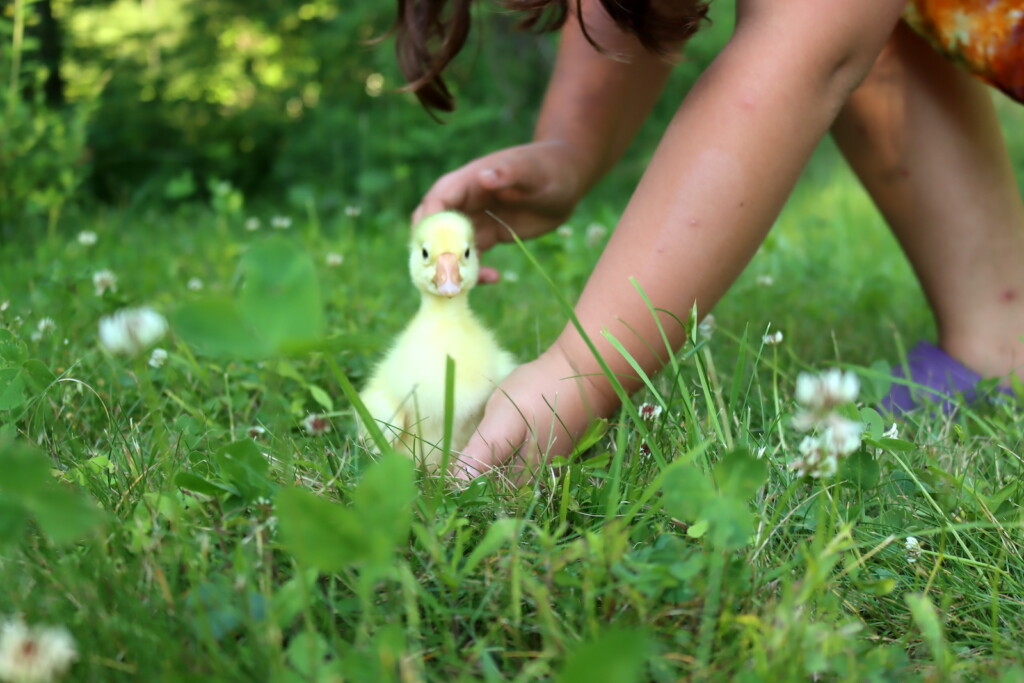
Despite their reputation for being loud and sometimes a bit bossy, they’ve earned their place here. They’re amazing weeders, especially in the garden rows before planting time, and their egg production far outpaces most other goose breeds. They’re also loyal to a fault, sticking together and patrolling the yard like feathered sentries.
If you want geese with personality, utility, and an unmistakable presence, Chinese geese bring it all.
What Are Chinese Geese?
Chinese geese are a domestic breed descended from the wild Swan Goose (Anser cygnoides), and that ancestry shows in their distinctive body shape and the prominent knob at the top of their beak. They’re one of the lightest goose breeds, bred more for utility and ornamental purposes than sheer size.
They’re available in two colors: White Chinese, with pure white feathers and orange bills and legs; and Brown Chinese, with grayish-brown feathers and a darker knob and beak. Both are identical in temperament and usefulness.
Chinese geese are often the first choice for weeding in commercial and historical gardens, as they prefer grasses and weeds over most vegetables and have narrow bodies that fit easily between rows.

Chinese Goose Characteristics
This is a lightweight, active breed that thrives on open space and forage. Males (ganders) typically weigh around 10–12 pounds, and females are slightly smaller. What they lack in size, they make up for in productivity—Chinese geese are the best egg layers among all goose breeds, and their alert nature makes them natural watchdogs for your flock.
Their long, slender necks and high-set posture give them an almost swan-like appearance, and they carry themselves with a kind of comical elegance. They’re full of energy, constantly moving, honking, and exploring.
- Breed Name: Chinese Goose (Brown or White)
- Breed Type: Eggs, weed control, ornamental
- Temperament: Active, noisy, alert, often curious
- Size: Lightweight. Ganders ~10–12 lbs, Geese ~8–10 lbs
- Eggs Per Year: 40 to 60+
- Egg Size: Large
- Egg Color: White
- Lifespan: 10 to 15 years
- Time to Maturity: 20–26 weeks
Chinese Goose Breed Standard
Chinese geese have a sleek, upright build and a noticeably long, arching neck. Both White and Brown varieties have a basal knob on top of the beak, more prominent in males. Their bills are narrow and curved slightly downward, and their legs are placed far back on their bodies, aiding their upright stance.
Brown Chinese geese are often mistaken for African geese at first glance, but they’re considerably smaller and lighter, with a leaner frame and higher energy.
The breed standard values elegance, activity, and refined shape more than bulk or meat production.
Temperament
These geese are not quiet, nor are they shy. Chinese geese are vocal, expressive, and inquisitive. They make excellent alarms—sometimes too good—sounding the alert at anything from a fox in the woods to a rustling leaf.
That said, when hand-raised and handled regularly, they can become very tame and even affectionate. They’re intelligent and curious and will often follow their caretakers around the yard.
They are more likely to show nippy behavior during mating season than some breeds, but it’s usually bluff rather than true aggression. A firm, calm approach keeps them in line.
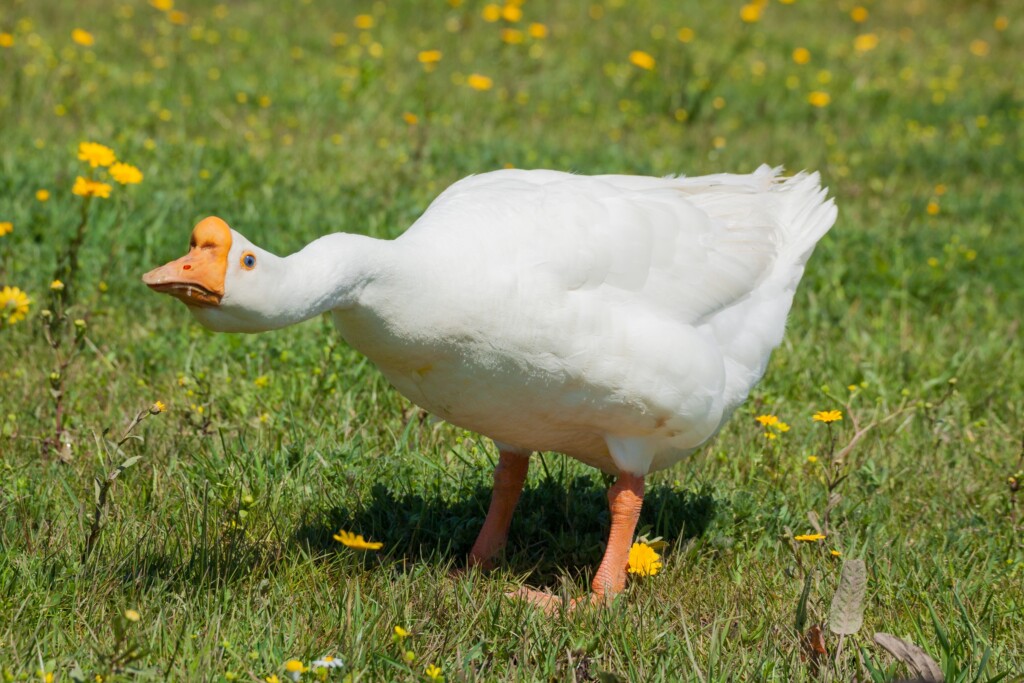
Hardiness
Chinese geese are hardy birds that do well in a variety of climates. They have less body fat than heavier breeds, so in cold winters, they benefit from windproof shelters and plenty of dry bedding. In warmer climates, their leaner build helps them stay active and cool.
Because they’re so active, they do better with ample space to roam and graze. Confinement tends to stress them, leading to excessive honking or feather picking.
Egg Production
This is where Chinese geese shine. While most goose breeds lay 20 to 40 eggs per year, Chinese geese can lay 40 to 60 or more in a season. Some well-fed females may lay 70+ eggs, especially if their first few clutches are collected to prevent broodiness.
They lay in spring and early summer, and the eggs are large, white, and excellent for eating or baking.
Egg Color
Eggs are white, large, and typically oval or slightly elongated in shape. Shells are thick, and the yolks are rich and flavorful.
Because they lay so reliably, they’re sometimes used in breeding programs to improve laying ability in hybrids.
Ours are excellent layers, and we’ve even had quite a few double yolk eggs from our heaviest layers. Since they’re laying more eggs than other goose breeds, they’re more likely to produce double yolkers over time.
Meat
Though Chinese geese are not raised primarily for meat, they are still edible and flavorful. The carcass is smaller and leaner than Embdens or American Buffs, so they’re not the ideal breed for a full roast goose dinner.
However, they mature quickly, and their lean meat is prized by some for grilling or braising rather than roasting.
Broodiness
Some Chinese geese will go broody and raise goslings well, but it’s not as common as with Buff or Toulouse geese. Many owners collect eggs for incubation instead, especially since early clutches are often abandoned if the goose isn’t ready to sit.
If you’re interested in hatching goslings, consider artificial incubation or using a more broody breed as a surrogate.
Foraging Ability
This breed is one of the best foragers in the goose world. They’re fast, agile, and tireless in their search for weeds and grasses. They’re commonly used as natural weed control in gardens, orchards, and even rice paddies.
Unlike heavier breeds, they rarely trample plants, and their narrow bodies allow them to move easily between rows. They do need supervision in vegetable gardens—especially around tender seedlings—but in the right setting, they’re incredibly useful.
Cross Breeds
Because of their high egg production, Chinese geese are sometimes crossed with heavier breeds to improve laying while maintaining decent meat size. Crosses with African geese are especially common, though not always intentionally planned—they are genetically compatible and similar in appearance.
They’re also used in ornamental goose lines for their upright stance and visual appeal.
Common Health Issues
Chinese geese are generally healthy birds, but because they’re leaner, they’re slightly more sensitive to cold and wet conditions than heavier breeds. Foot and leg health are key—keep bedding dry and rotate pastures regularly.
Because of their narrow bill shape, some may struggle with wide or deep feeder troughs—opt for shallow pans or open-topped feeders to make eating easy.
Chinese Goose FAQ
They can be! With early handling, they’re curious and often affectionate. Without it, they may be standoffish or noisy. We handled our goslings daily before 8 weeks, and our Chinese goose is the friendliest in our flock.
Very loud. They’re one of the noisiest breeds, often honking at any disturbance. My pre-school aged son actually calls ours “Ambulance” because she’s as noisy as one of his favorite vehicles.
Yes—Chinese geese are the best layers of all goose breeds, often producing 40–60 eggs a year.
Some will go broody and raise goslings, but it’s not guaranteed. Many breeders incubate their eggs artificially.
Ganders weigh 10–12 pounds, and geese 8–10 pounds.
They are light enough to fly short distances if startled, especially in their first year. Wing clipping may be necessary.
They’re lean and small compared to other breeds, but still flavorful and quick to mature.
They can live 10–15 years or more with good care.
Pros and Cons of Chinese Geese
Pros:
- Most prolific egg-laying goose breed
- Excellent foragers and weeders
- Upright, graceful appearance
- Make excellent alarm animals
- Quick to mature and adaptable
Cons:
- Very loud, especially during mating season
- Leaner and smaller, so not ideal for meat
- Less cold-hardy than heavier breeds
- Can be nippy or overprotective without early handling
- Not ideal for close neighbors or urban settings
Tips for Raising Chinese Geese
Handle goslings frequently to build trust—Chinese geese that are handled early are much calmer and more cooperative as adults. Allow them to graze as much as possible, as they thrive on fresh pasture and stay healthier with access to natural forage.
Provide adequate shelter from wind and weather, and consider giving them visual access to the wider landscape—they like to be aware of their surroundings and can become anxious if kept in small, enclosed areas.
Use shallow pans for feed and make sure waterers are deep enough for head dunking. Keep nesting areas quiet and check often during egg-laying season, as they’ll lay many eggs but may not always brood them.
